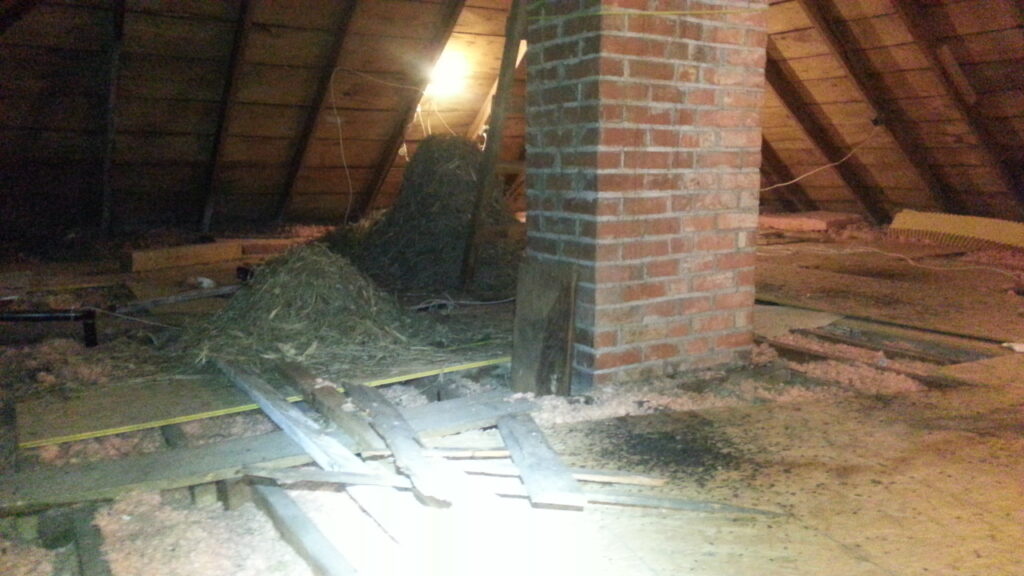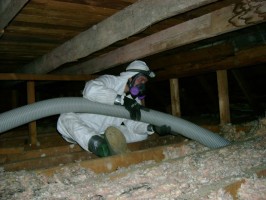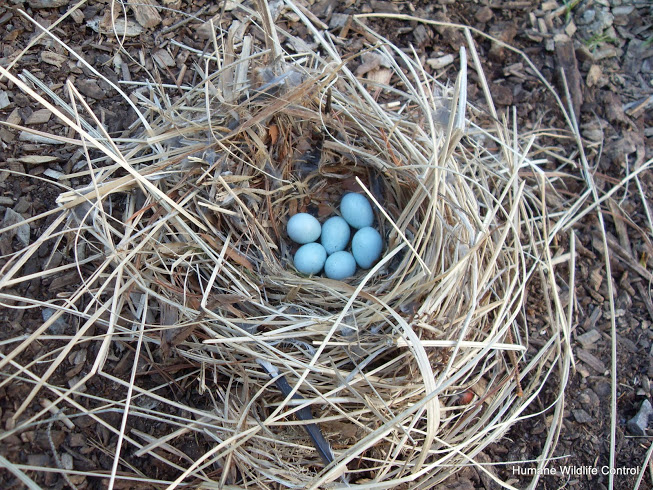Urban pigeons are descendants of the Rock Dove, a species of pigeon domesticated by humans for food and as pets. Birds that were released or escaped became today’s city pigeons.
Pigeon droppings are as much a concern as the pigeons themselves. On average, a well-fed pigeon deposits 25 pounds of droppings a year. Pigeon feces are unsightly and can damage buildings, vehicles, trees, shrubs, lawns, benches and park fountains.
Pigeons have no natural enemies in urban areas and reproduce quickly. Pigeon overpopulation can lead to increased property damage and higher disease rates among pigeons. Accumulated bird debris may attract mice, rats, and flies.
The most serious health risks arise from disease organisms that can grow in the nutrient-rich accumulations of bird droppings, feathers and debris. Not only are bird droppings an unsightly mess that can be difficult to remove and cause slip-and-fall accidents, they also harbor numerous human pathogens.

Examples of transmissible bird diseases associated with pigeons, geese, starling and house sparrows:
- Histoplasmosis is a respiratory disease that may be fatal. It results from a fungus growing in dried bird droppings. It is a dimorphic fungus that can be either in yeast form or in filamentous form.
- Candidiasis is a yeast or fungus infection spread by pigeons. The disease affects the skin, the mouth, the respiratory system, the intestines and the urogenital tract, especially the vagina. It is a growing problem for women, causing itching, pain and discharge.
- Cryptococcosis is caused by yeast found in the intestinal tract of pigeons and starlings. The illness often begins as a pulmonary disease and may later affect the central nervous system. Since attics, cupolas, ledges, schools, offices, warehouses, mills, barns, park buildings, signs, etc. are typical roosting and nesting sites, the fungus is apt to found in these areas.
- Louis Encephalitis, an inflammation of the nervous system, usually causes drowsiness, headaches and fever. It may even result in paralysis, coma or death. St. Louis encephalitis occurs in all age groups, but is especially fatal to persons over age 60. The disease is spread by mosquitoes which have fed on infected house sparrow, pigeons and house finches carrying the Group B virus responsible for St. Louis encephalitis.
- Salmonellosis often occurs as “food poisoning” and can be traced to pigeons, starlings, sparrows and other rodents. The disease bacteria are found in bird droppings; dust from droppings can be sucked through ventilators and air conditioners, contaminating food and cooking surfaces in restaurants, homes and food processing plants.
- coli infection: It is one of the common infection caused by an enteric bacteria. This bacteria often traced in the fecal matters. When some bird or rodent visit such sites they carry these and spread to humans. Such as when birds peck on cow manure, the E. coli(O157:H7) go right through the birds and the bird droppings can land on or in a food or water supply.
Bird fecal matter and feathers can have devastating effects on the heating and cooling components and indoor air quality of a commercial facility. Pigeon problems can affect employees, maintenance personnel and potentially customers.
Can histoplasmosis or cryptococcosis be transferred into a building?
Yes, HVAC system distributes the air throughout a facility. The designed air exchange rate is 15/minutes per hour. The bacteria, fungi and parasites that live and grow in pigeon droppings can carry and transmit any of 60 known diseases can be reticulated. Exposure to pigeon feces and other organic matter such as feathers carcasses and nesting material from the HVAC system may pose a considerable health threat to people who come in contact with them or inhale the airborne particles from them. Every precaution should be taken to ensure that building occupants and maintenance personnel are protected from pigeon feces.
Cleanup and Removal of bird droppings:
Removing and cleaning up bird droppings should be done by professionals who have the proper equipment and safety knowledge.
Employing the industry’s leading techniques and equipment, like powerful trade vacuums and advanced breathing equipment, Skedaddle Humane Wildlife’s equipped technicians make it priority to clear contaminated materials from your home and return it to a healthy, livable state.
 We follow precautions to minimize risk from disease organisms in the droppings. This includes procedures such as sealing heating and cooling air ducts, wearing respirators that can filter particles as small as 0.3 microns, wearing biohazard suits or disposable protective gloves, hat, coveralls and shoe coverings, moistening the bird waste with a mist of water to keep spores from becoming airborne, and properly disposing of the waste material.
We follow precautions to minimize risk from disease organisms in the droppings. This includes procedures such as sealing heating and cooling air ducts, wearing respirators that can filter particles as small as 0.3 microns, wearing biohazard suits or disposable protective gloves, hat, coveralls and shoe coverings, moistening the bird waste with a mist of water to keep spores from becoming airborne, and properly disposing of the waste material.
Once the area is clear and clean, the team prepares to install environmentally conscious cellulose insulation to replace what has been removed.
Skedaddle Humane Wildlife Control suggests you leave the birds and cleanup to us. Call us to find out how we can remove the birds and clean up their mess, so your home, family and pets are safe! 1-888-592-0387.
Proudly serving: Ottawa, Montreal, Halifax, Hamilton, Burlington, Oakville, Mississauga, Brampton, Kitchener-Waterloo, Guelph, Cambridge, St. Catharines and the Niagara Region.



